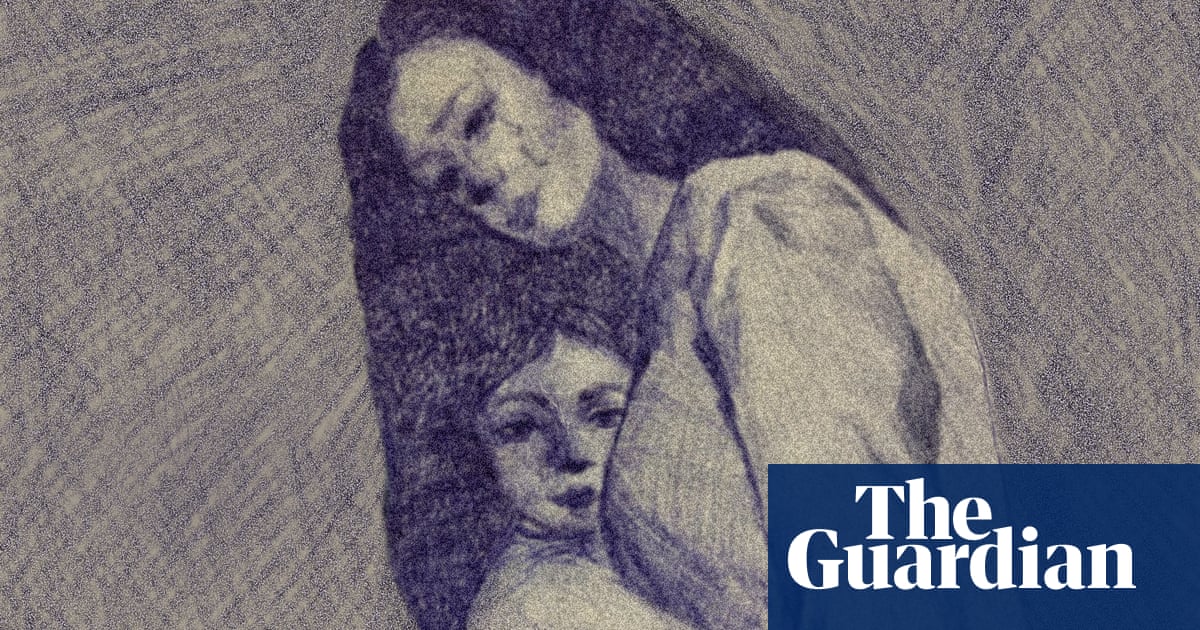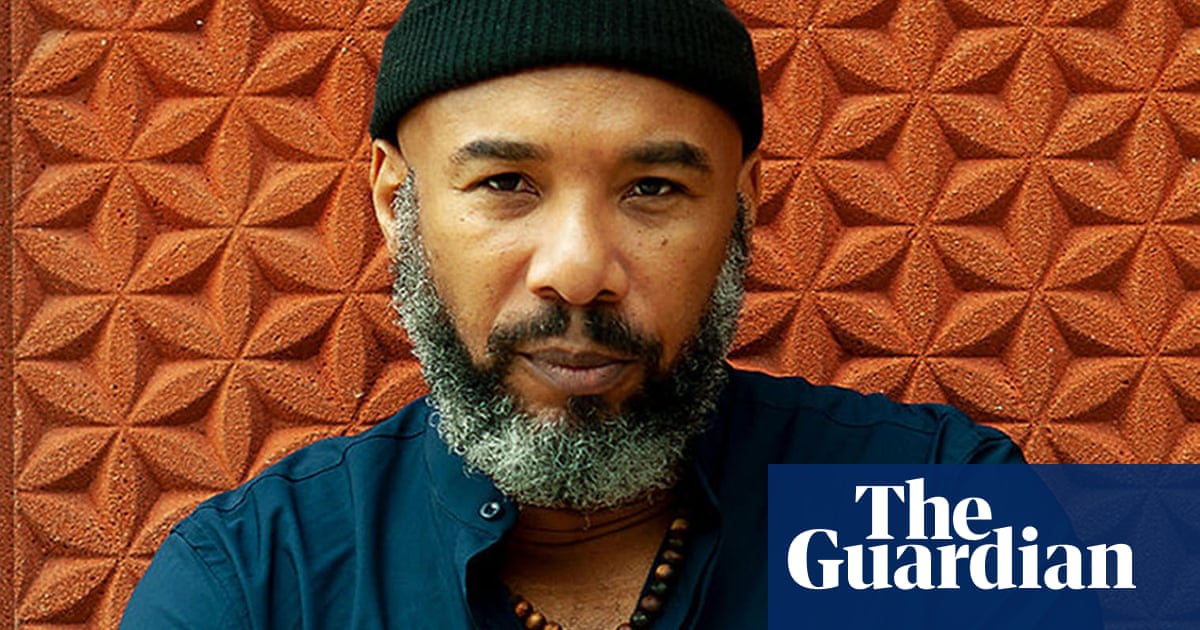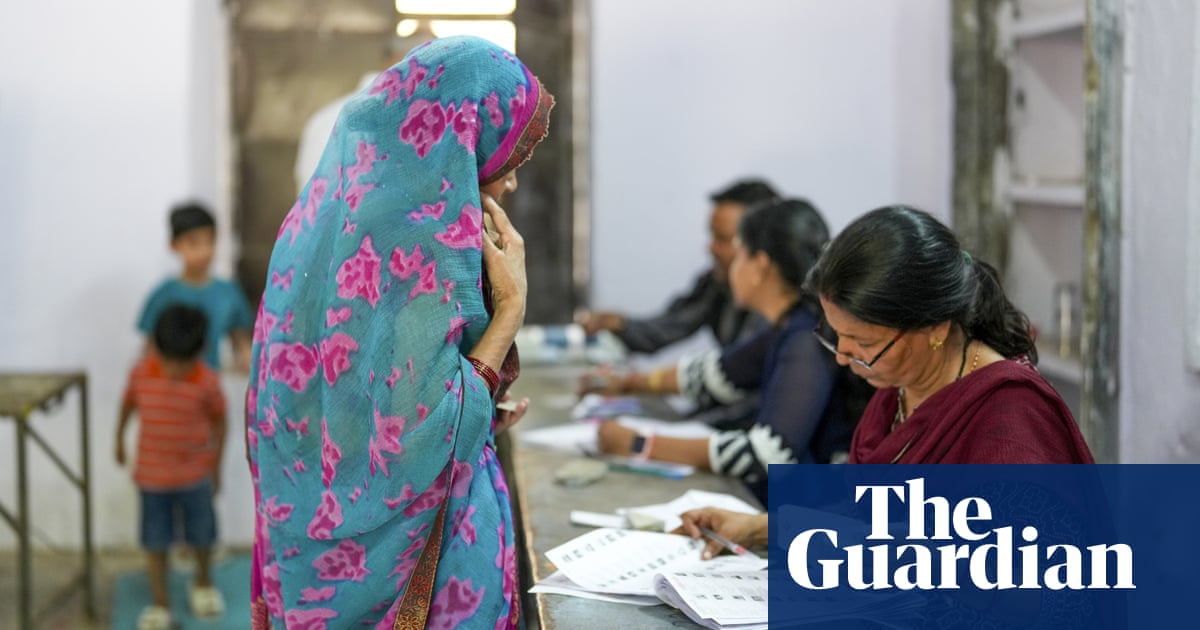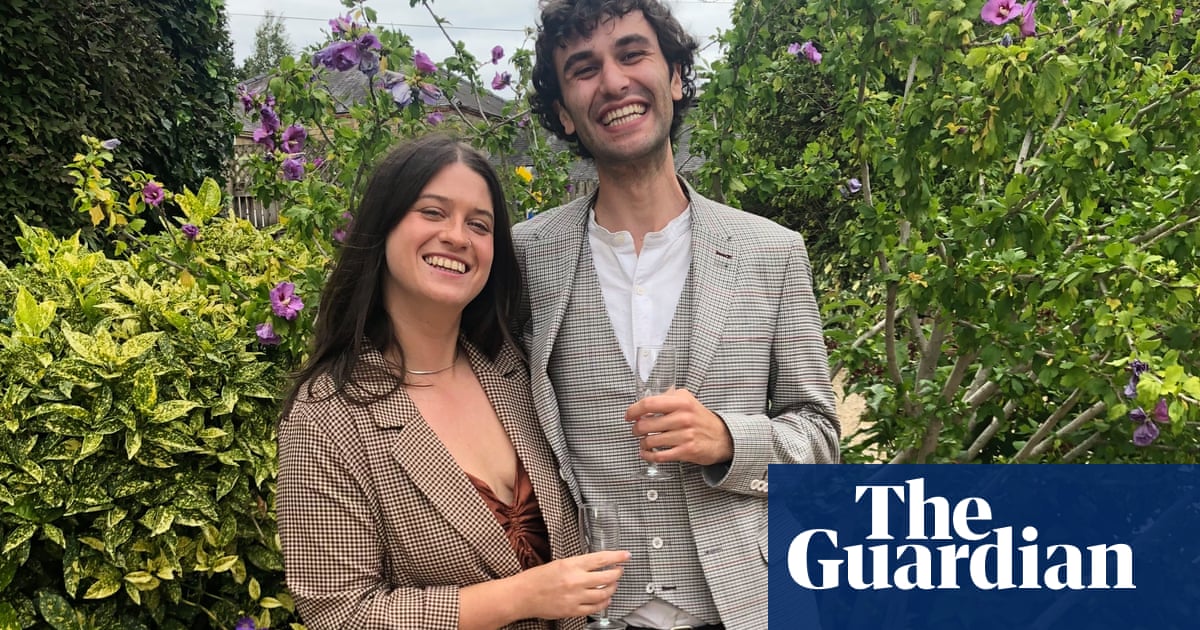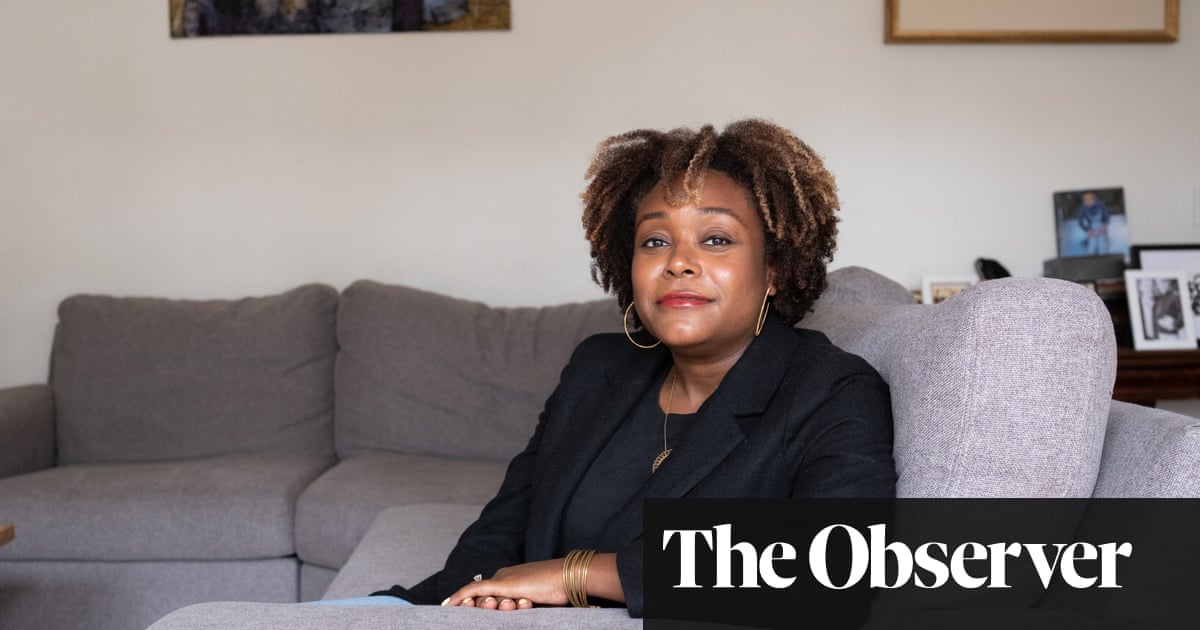
My grandmother collected me from school every day and invariably brought me along to pick up any missing ingredients for dinner. I was a dark-skinned child with thick, curly hair, and she could have passed for white. People often didn’t know what to make of us, but rarely questioned our relationship aloud.
Once, at Schwegmann’s, our local grocery store, the cashier looked from me to my grandmother several times, a quizzical expression on her face. “How you come to be together?” she finally asked. My grandmother beamed at her, tousled my hair. “That’s my granddaughter,” she said, as if I was a hard-earned prize she had won. “That’s my granddaughter,” she repeated, accepting her change, retrieving her shopping bag and walking me to the car.
My maternal grandmother was a Creole woman from New Orleans, Louisiana. The word “Creole” was originally used to describe people with African ancestry born in the New World, to distinguish them from the enslaved born in Africa. Now the term is more ambiguously applied to Louisianians of African, Spanish, French and Native American ancestry – as well as to their food, language and culture. Because of this demographic’s early proximity to Europeans, by the 19th century, many began to attain certain relative privileges, such as education and access to trade, businesses, and property. I call the privileges relative because my grandmother, who was born in 1931, was still poor, uneducated, and, despite her light skin, considered herself black.
She grew up in the 7th Ward with the other Creoles and her own grandmother, who was French. She spoke Creole at home, but could only remember short phrases by the time I came along. She wore her long black hair in loose finger curls. She was warned to protect the bloodline, but my brown-skinned grandfather told me when he met her, he couldn’t stop staring. He’d thought she was Spanish.
Her daughter – my mother – married a dark-skinned black man, and I came out just like him. When I was four, my older cousin informed me that because of this I was ugly. I would have to marry a really light-skinned man to compensate for my colour, possibly even a white one. Then at least there could be hope for my own children. The vestiges of the hierarchy of skin colour trickled down into all aspects of my social life. I went to a Catholic school and though it was integrated there were three distinct categories: white, light-skinned and black, like me. Genuinely curious people would ask me if I was adopted. How else, they asked, could I have turned out so ugly when I had a mother who was so pretty.
Once, a friend of my mother’s was talking about the new cast of the American soap Melrose Place. Apparently, they’d been planning to add a black woman. “But I hope they don’t try to put a pickaninny in there,” the friend said. “People need to know that we can be pretty, too.” I remember nodding. I had been so indoctrinated that the comment, the belief underlying it, seemed totally sensible to me. The tiers dictated who was invited to parties, who was sought out as a friend or a girlfriend and, most importantly for my purposes, who could consider themselves worthy. From as young as six years old, I began to expect disdain from peers and holed myself up, scarcely talked to strangers, fought off waves of panic when I couldn’t escape conversation, and sought comfort in my Creole grandmother’s house.
My parents worked quite a bit and so it fell on my grandmother to care for me. I was her constant companion: we went to church together, the mall, the grocery store, the unemployment office where she worked. She called me “her legs”, because she’d send me up and down the stairs on innumerable errands, retrieving her wallet or her slippers or her car keys. In the evenings, she’d let me comb her hair, bone straight like my dolls’ hair. When my mother picked me up from her house, she’d thank my grandmother, who would smile, wave her hand and say, “Margaret’s no trouble.” She had 11 grandchildren and I was number five, but at night sometimes when my mother didn’t come, I’d fall sleep in her bed and she’d call me her favourite.
I don’t know if it was our deep loneliness that bonded us, the silence inside the house that that loneliness bred. My grandfather would come home for dinner and then change his clothes and go out for the night. If she knew where he went, she didn’t say. I longed for the tightknit families I’d glimpse on television shows – the Winslows in Family Matters, the nontraditional kinship of Full House – and even in the children at school. I’d stare at the light-skinned girls with hair down their backs and wonder what it would be like to be valued.
What my grandmother and I did have was food. She was known for her cooking, her fried catfish, potato salad and jelly cakes, and I was the lucky daily recipient of her gift. Though soul food and Creole food share some commonality, Creole food is distinct in that it can trace its origins to South America, Europe, the West Indies and West Africa. My grandmother’s specialities were shrimp étouffée, red beans and rice, gumbo, stuffed mirlitons, jambalaya, and pralines.
Mostly she chose the meal according to her own whims, but sometimes she’d ask me in the car rides home from school what I wanted and she’d stop at Schwegmann’s for the ingredients to then make something just for me. After an hour or so at home, I would smell the beginnings of the dish: the ham in the red beans, the condensed milk and sugar in the pralines. She never talked more to me than when we cooked. I learned over frying hot sausage that my uncle was like me, that he’d cooked beside her because he loved to eat – until he developed an interest in girls and needed to slim down.
While we peeled shrimp, she told me about her alcoholic brother whom she’d follow every night, trying to get him to do right, but wouldn’t you know it, he died of cirrhosis of the liver anyway. When we were done cooking, she’d set the table. We’d eat together, not needing to say a word, our forks against the plates like chatter, our synchronised bites like connection.
When I was 12, my mother moved us out of New Orleans to a small town in Connecticut. It was a clearcut place, where black was black, albeit rare, and white was white. Things began to change. I started to see dark-skinned celebrities on television – Brandy, Foxy Brown, Lauryn Hill, all beautiful. I grew into myself. All that time I had spent in my grandmother’s house, I had been reading, I had been watching television, I had been imagining myself as one of the characters in the book or the show, attempting to conceive of myself as worthwhile. More and more, this shift became less of an act. By the time my grandmother got sick, I had friends and even a boyfriend. I had dance parties in fraternity basements, I had my sorority’s step show, I had Homecoming nights. I had less time for my grandmother who had become immobile from a stroke. Even the phone calls were difficult, because if she had been reticent before, that she had to search for her words, she now seemed outright mute.
I was in the Dominican Republic when she died, just starting a year-long fellowship at a nonprofit organisation protecting dark-skinned Dominicans of Haitian descent from racist citizenship laws. I flew back for the funeral and read a passage from the Bible. When I got back to the DR, I was destroyed, but I told myself I had no reason to be. It wasn’t as if she’d been my mother.
Now I have a daughter who looks like my grandmother and who is her namesake. Her life couldn’t be more different than my own when I was her age. She floats from one social engagement to another with ease. She lives in a loud house with two zany brothers. She gazes up at me sometimes when I’m getting dressed and says she wishes she had brown skin like me. We live in Oakland, California, and I haven’t set foot in New Orleans in five years. I still make Creole food, though, red beans and rice every Monday, and gumbo on Thanksgiving and Christmas.
My daughter didn’t always eat it, but more and more she’s starting to take bites. She helps me chop the yellow and green onions, roots through the pantry for bay leaves. When we’re done, I watch her eat before I taste the food myself. It feels like there’s something I’m fishing for that I can’t name. Sometimes my old loneliness circles back. There wasn’t only pain in my grandmother’s house though. She loved me when I couldn’t love myself.





